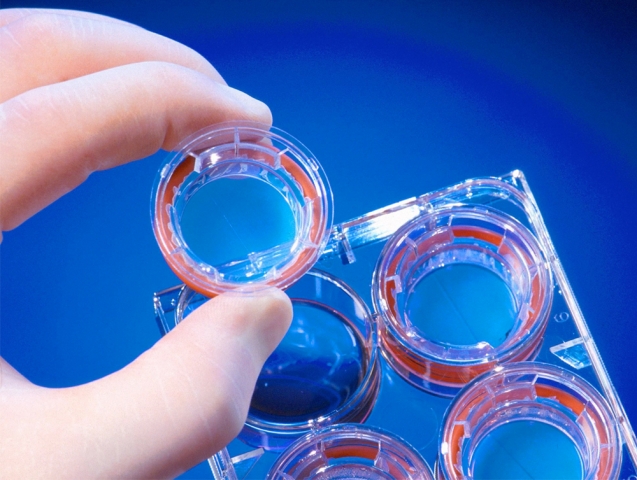Hormone testing made easy and accurate
By Dr. Brenda Gill
One of the ways to understand what your hormones are doing is by lab testing.
In the past, the only available method was a blood draw at a lab. For many patients this is inconvenient, especially since accurate testing should be done at certain times of the month. Therefore, blood spot and saliva sampling was developed.
Blood spot testing was developed in the 1960’s for phenylketonuria and congenital hypothyroidism. Today, assays for a wide range of other analysis have been successfully developed.
There is no need to go for a blood draw and timing of the sample taken can therefore be maximized. It requires no special handling, can be sent for analysis in an envelope and the hormones in the dried blood are stable for up to one month.
Blood spot collection is a simple and nearly painless procedure. A tiny nick of the finger followed by placing blood drops on a filter card is all that is needed. Levels of hormones produced by the body are shown to be very similar in serum with a blood draw as compared to a finger stick capillary blood spot.
The blood from the finger, however, is more representative of tissue levels of hormones than serum following topical or sublingual hormone supplementation. It is also more representative of systemic tissue levels of hormones than saliva following sublingual hormone supplementation.
Therefore, blood spot testing can show imbalances that may be causing symptoms, as well as help determine what needs to be used to re-balance the hormones.
It can also be used to monitor hormone replacement therapy, especially if sublingual. This test can be done for female hormones (estrone, estradiol, estriol, progesterone, follicle stimulating hormone, luteinizing hormone, sex hormone binding globulin and testosterone), male hormones (testosterone and prostate specific antigen (PSA), adrenal hormones (cortisol, DHEA), thyroid hormones (free T4, free T3, thyroid stimulating hormone (TSH), thyroid peroxidase antibody), pancreatic hormones (insulin, hemoglobin A1C, as well as Vitamin D levels, C-reactive protein.
Saliva testing is also a convenient and accurate way to test for hormones. Scientific studies have shown a strong relationship between hormone levels in saliva and the amount of hormone in the blood that is active or “ bioavailable.”
Saliva, therefore, is an ideal way to see how active the hormones are being in the body. The majority of hormones in blood are bound tightly to proteins that carry them to target tissues.
The small amount of hormone released from these proteins distributes into tissues throughout the body such as the salivary glands, so, represents the hormones being delivered to the tissues.
Serum hormones represents the total level of hormones in the blood before being delivered to the tissue, so, may not be representative of what is really getting to the target area.
Saliva collection is painless and also convenient. The collection can be done at home and the sample is stable up to a week and again requires no special handling. Saliva is also easier to collect when needing to take multiple samples throughout the day.
This test can be done for female hormones (estrone, estradiol, estriol, progesterone), male hormones (testosterone), and adrenal hormones (cortisol, and DHEA).
So, if you would like to find out more about your hormones with a test that is convenient and accurate, please call Dr. Brenda Gill at 250-362-5035 or 250-352-3150.


























Comments